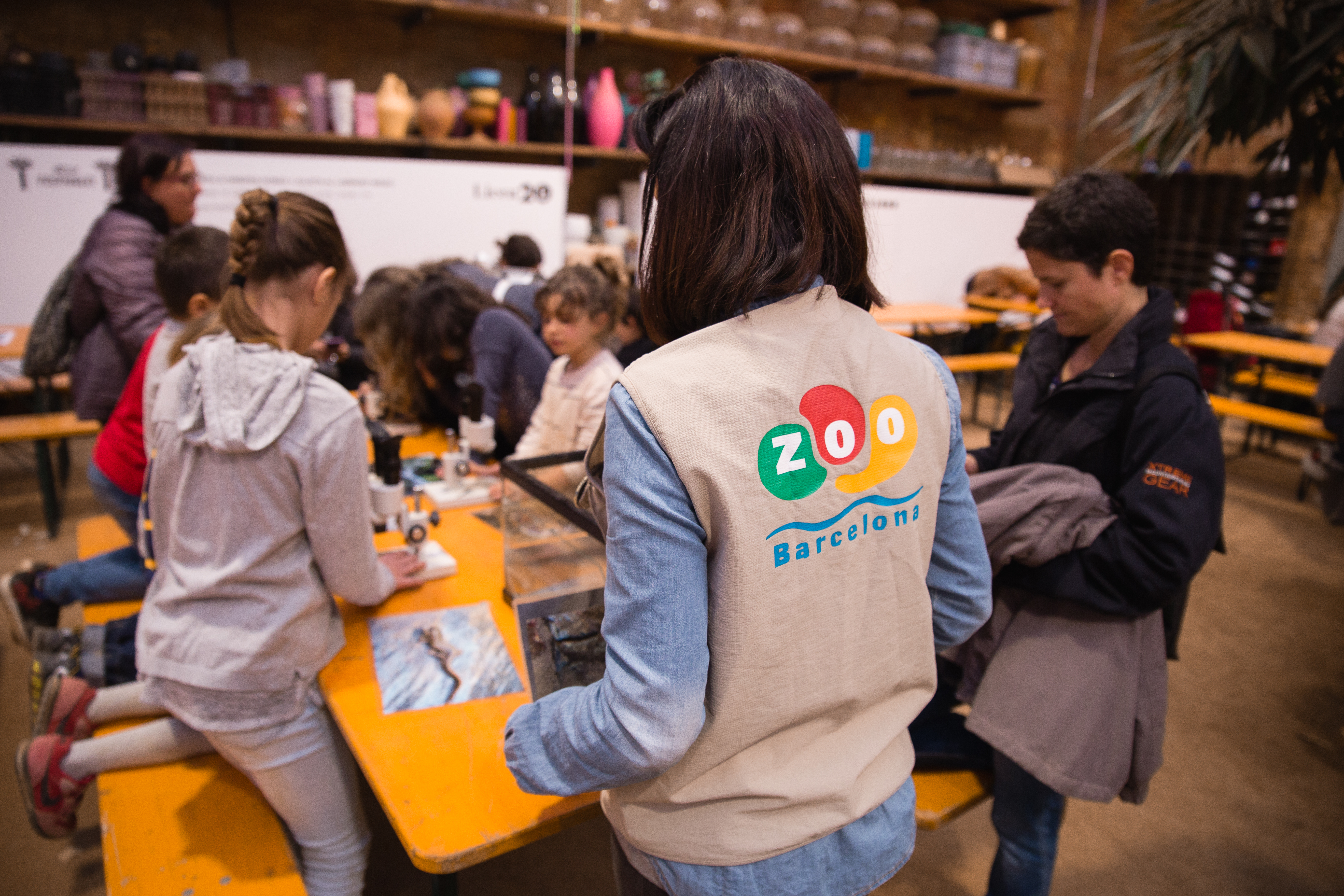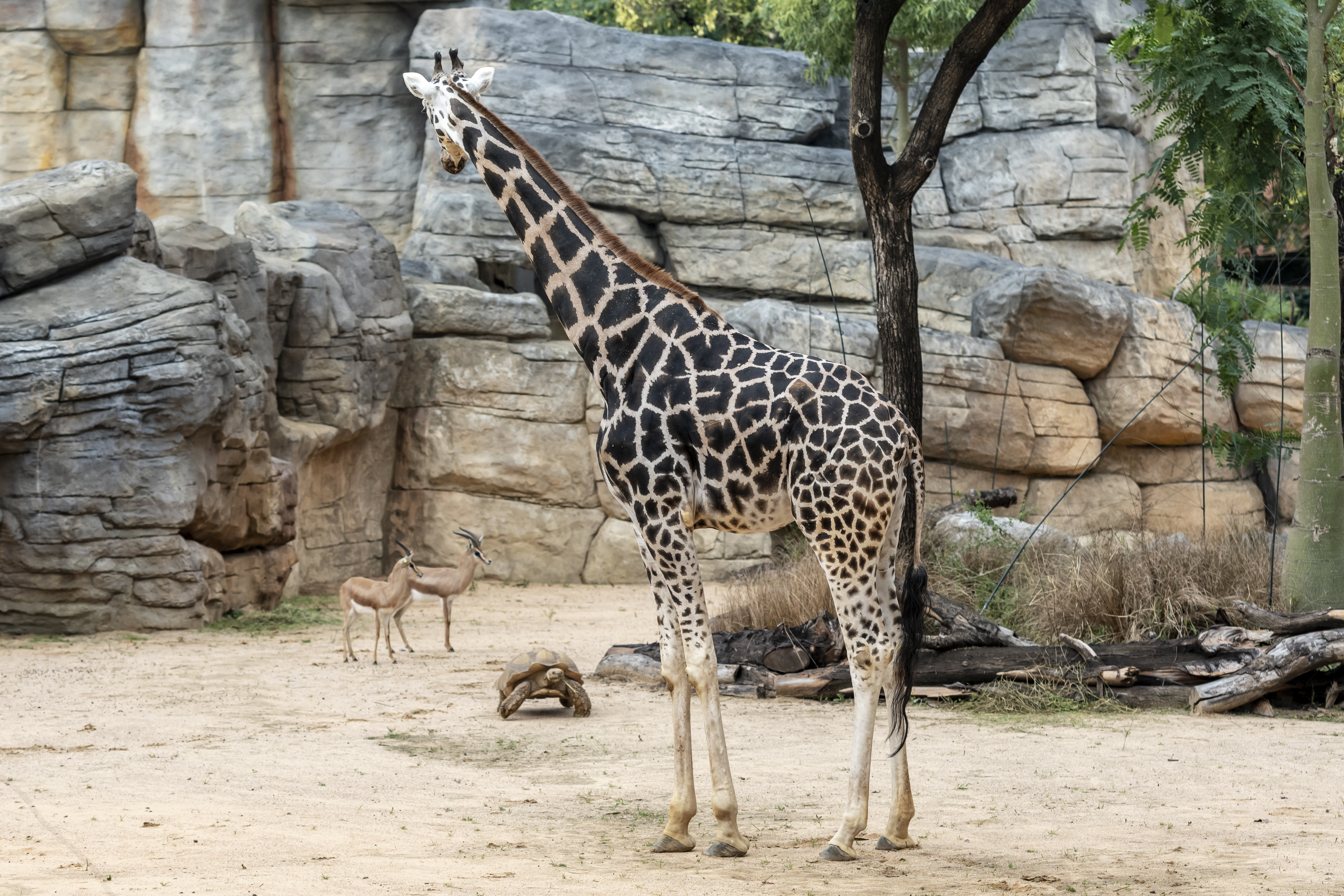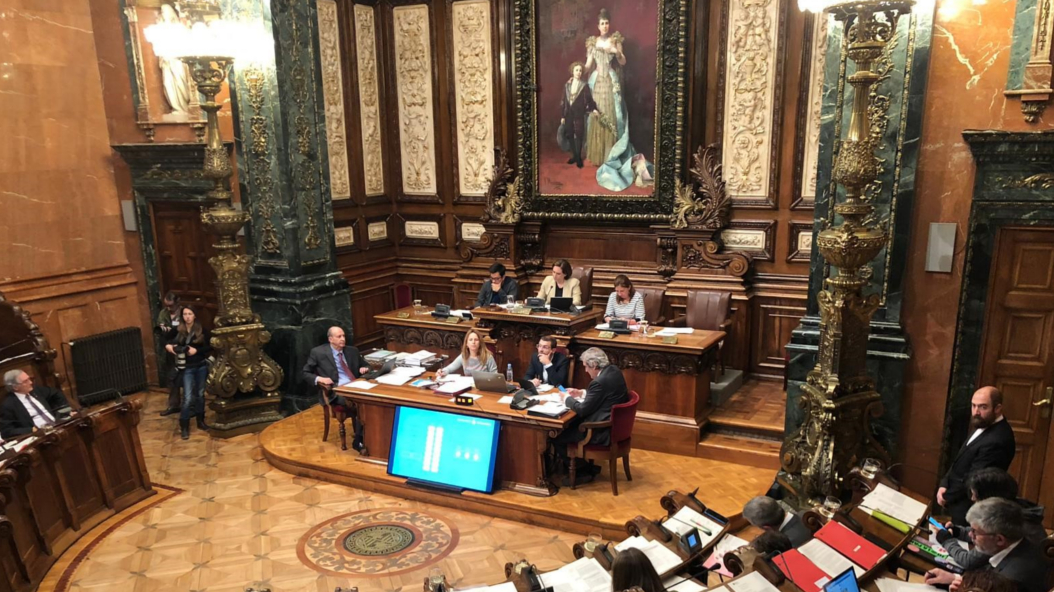Download the Strategic Plan New Model of the Barcelona Zoo
This morning, the Full Council Meeting unanimously approved the new model for Barcelona Zoo, which responds to the global challenges of the 21st century, regarding the preservation of the planet and raising public awareness, especially among younger people.
The aim of the new Barcelona Zoo is to become a top-flight, leading centre for animal welfare, through three strategic lines of action:
- Education and awareness-raising with regard to nature conservation
- Research and nature projects that improve the situation of the species
- Conservation of native, Mediterranean fauna and those species around the world that are endangered or threatened with extinction, with special emphasis on primates and the Sahel bioregion
Education – Knowledge and feeling
The new Zoo offers a complete experience in order to help people acquire new knowledge, be moved by what they learn and spurred to action before, during and after their visit. New technologies will be used to complete the experience, especially in the Zoo's interpretation centres (Sahel, Komodo Dragons, Prehistoric Mediterranean, Orangutans, etc.), and with new applications, such as the monitoring camera for the heron colony (grey herons, little egrets and cattle egrets).
In 2018, the Catalan Ministry of Education welcomed 71,701 visitors for educational activities, helping to explain the value of biodiversity and respect for animals, through school activities, camps and educational workshops. These educational activities increased by 12.7% compared to the previous year.

This new vision also projects the Zoo as a leading facility for helping to make the city sustainable, by explaining and disseminating environmental policies employed at the Zoo, which are applicable on a global scale. The shop and the catering outlets will contribute to this informative work as well, through raising awareness about conservation and healthy eating. There will also be improvements to water and waste management, mobility and environmental education, placing special emphasis on the Zoo's role in conserving the local wildlife in Ciutadella.
Research - A reference point for the country's science and ecology
The Zoo will join the national group of scientific and ecological institutions; there are over 5,000 researchers from various centres in a 1 km2 area around Parc de la Ciutadella. The city's public universities (UB, UAB and UPF) and the new Zoo will create a Biodiversity Research Institute together.
This scientific effort will be reinforced by doubling the budget for conservation research in the animals’ natural habitat, establishing lines of cooperation with the country's scientific and academic institutions. Over the last decade 92 PRIC grants have been awarded, for a total value of €772,242. This figure represents 30% of the total direct expenditure that Barcelona Zoo Foundation allocated to support initiatives and encourage in-situ research and conservation projects (in the last 10 years this total has risen to €2.5 million).
Conservation of native and endangered fauna – The Zoo leaves the Zoo
With animal welfare as an essential part of all its actions, the number and the variety of species housed at the new Barcelona Zoo will be prioritised as follows:
-
- Native fauna species, in a network with other zoological institutions, conservation organisations and public authorities (rising from 15% of the current total to 30% in the first phase)
- Species that are critically endangered in nature(rising from 22% of the current total to 40% in the short term)
- Species for which there are conservation plans
The new model makes the Zoo a leading centre in the area of local and geographically close wild animals, as part of the Conservation of the Mediterranean, such as Montseny brook newts, shrikes in the western regions, Spanish pond turtles, otters in the Besòs river, butterflies in the Metropolitan Area, fin whales, bears, wolves and Spanish toothcarps in the Llobregat delta, among others. Agreements will be promoted with research centres and local authorities throughout the territory.
In 2018, 69% of the funding for projects concerning the in-situ conservation of fauna and their habitats was allocated to native fauna, 23% to allochthonous fauna and 6% to others. Direct work is being done with 55 species, although there are various projects concerning habitats or groups of species that include a large number of species.
At present, Barcelona Zoo works on conservation programmes that include 103 species, 21 of which are being reintroduced to their habitats.
Renovation of the physical space
The development of these three essential strategic lines will also lead to a metamorphosis of the Zoo's physical space. The Zoo will reorganise its compound in order to produce appropriate infrastructure for biomes and taxons, groups of animals put together in accordance with their natural environment. This new organisation will become a reality this summer, with the introduction of lions into the new Sahel biome.
- New areas will be created: a Mediterranean biome, as the Zoo's priority environment, a marine biodiversity centre, a butterfly house and an invertebrate hall.
- The Madagascan insular biome will be completed.
- The remaining facilities will be improved, wherever possible grouping them by biomes or taxons (such as primates or Komodo dragons).
- The public area will be improved, establishing new facilities that are imperative to make the Zoo operational: a new education area, logistic area, service networks, etc.

In order to make this new model a reality, an overall investment of €64.6 million is planned between 2019 and 2031. Of that, 50% will be allocated to animal facilities, 24% to the public area and service networks, 21% to installations and logistics and 5% to demolition and temporary structures.
The first investment package will be rolled out in 2019, with various actions. The most immediate ones include:
- Introducing two lions into the Sahel Savannah - June
- Sahel Savannah Interpretation Centre - June
- Inauguration of the Komodo Dragon Interpretation Centre - July
A joint project
Barcelona Zoo's new model represents a great opportunity for everyone who works there, because, faced with the threat of climate change and the need to conserve species, it will make this project for nature conservation and awareness-raising a reality.
in 2018, Barcelona Zoo received its highest rating for the last 5 years. Visitors awarded it 7.8 out of 10 in the Citizen Satisfaction Index (CSI) study, which is carried out every year. One of the Zoo’s most highly-valued aspects was the good treatment received from staff (8.9).
Last year, the Zoo was open for 365 days of the year, receiving 785,992 visitors, which is an daily average of 2,153. In the first quarter of 2019, the number of visitors increased by 6% compared to the previous year. The Zoo Club currently has around 20,000 members (for different types of contract groups).



